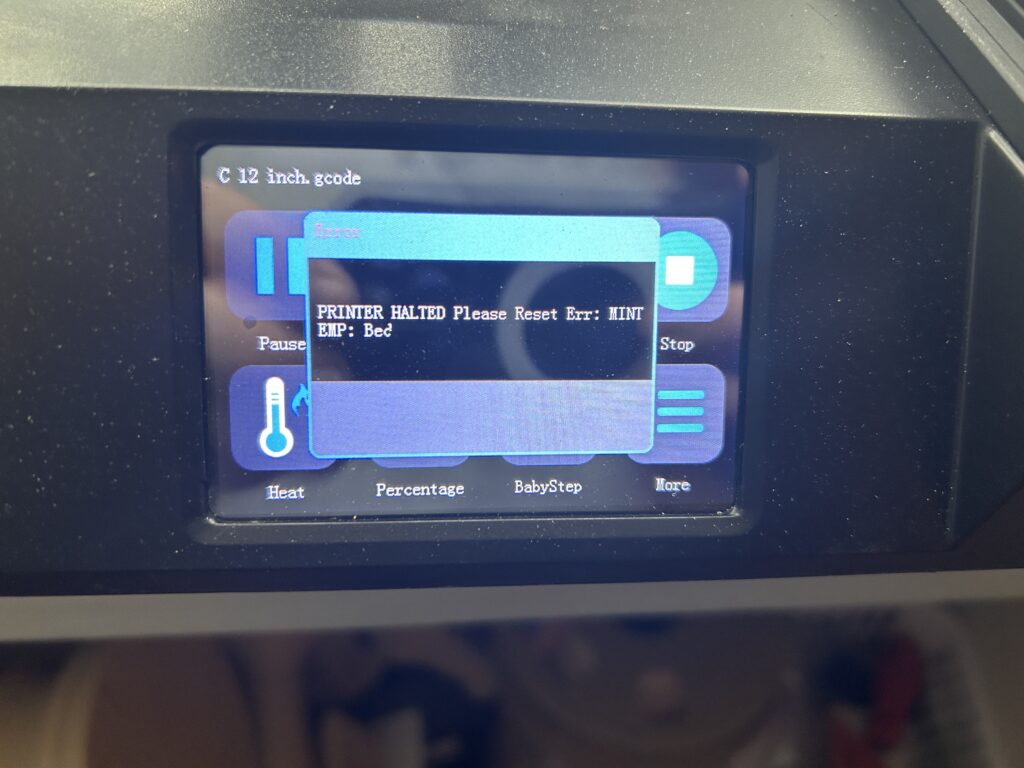When you ask ChatGPT to create a table based on a specific prompt, you’re tapping into a complex system designed to understand and generate human-like text. But what exactly happens behind the scenes when you ask for a table? Why would you want to do this, and how does ChatGPT go about fulfilling this request? Let’s dive in.

Here is the prompt we will tell it, of course you can change wording and give more details on what you want.
Can you create a table that lists various topics related to making money, and for each topic, provide six specific tips on how to make money in that field? The table should have seven columns: one for the topic and six for the tips.
What Happens: The Mechanics of Table Creation
- Prompt Interpretation: ChatGPT first deciphers the prompt to understand what kind of table you’re asking for. This includes the number of columns, the topics to be covered, and any specific formatting you’ve requested.
- Data Organization: The AI then organizes the data it has been trained on into a table format. This involves selecting appropriate headings, subheadings, and filling in the cells with relevant information.
- Text Generation: Finally, ChatGPT generates the table in a text-based format that you can easily copy and paste into a document or spreadsheet for further use.
Why You Would Use This Feature: The Practical Applications
- Data Structuring: If you have a lot of information to sort through, a table can make it easier to manage and understand.
- Comparative Analysis: Tables are excellent for side-by-side comparisons of different topics or items.
- Content Creation: If you’re a writer or content creator, tables can break up text and make your work more engaging.
- Educational Purposes: Teachers and students alike can benefit from tables to summarize and present data in a more digestible format.
How to Do It: Steps for Successful Table Generation
- Be Specific: The more specific your prompt, the better ChatGPT can generate a table that meets your needs.
- Check Formatting: Once the table is generated, you may need to adjust the formatting to fit your particular use-case.
- Data Verification: While ChatGPT is generally accurate, it’s always a good idea to verify the information in the table, especially if you’ll be using it for something important.
- Follow-Up Questions: If the table requires further elaboration, you can always ask follow-up questions to get more detailed information.
By understanding the what, why, and how of table generation with ChatGPT, you can make the most of this feature for a variety of practical applications.
As an Amazon Associate we earn from qualifying purchases through some links in our articles.




